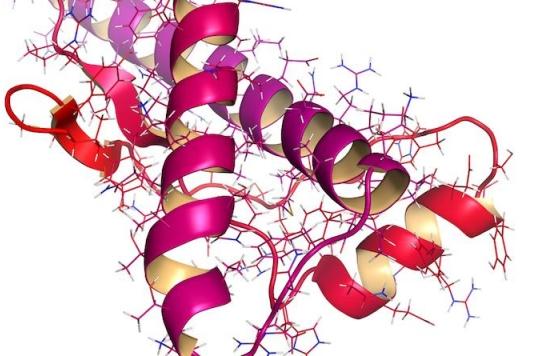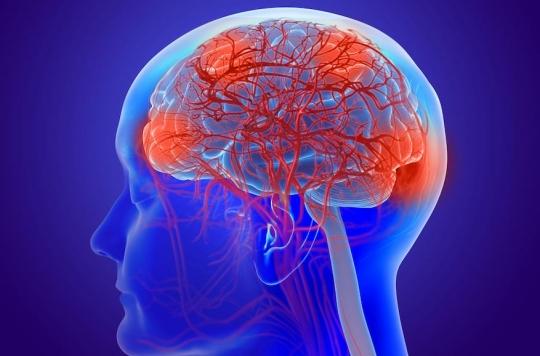The mechanisms of progression of prion diseases (Creutzfeldt-Jakob and mad cow disease) are now better understood with, finally, a potential target for treatment. A major advance in the research and management of these rapidly progressive and always fatal dementias.

Researchers at the Boston University School of Medicine have found that inhibiting MAPKα p38, an enzyme in nerve cells that generally responds to stress, prevents prions, viral particles responsible for brain degeneration, from altering nerve connections. Inhibition of MAPKα p38 also promotes recovery from initial damage.
Nerve cells which have a mutation preventing the normal function of p38 MAPKα are also protected, which seems to confirm the role played by the enzyme in this pathological process of slow virus diseases. These results are published in PLOS Pathogens.
Dementias of viral origin
Prion diseases are a group of fatal neurological diseases including Creutzfeldt-Jakob disease and bovine spongiform encephalopathy (“mad cow disease”).
They are caused by the spread of “prions”, which are altered forms of normal cellular proteins. These abnormal molecules then interact with normal proteins to promote their abnormal folding.
An understanding and a therapeutic target
Although researchers understand that this process of converting normal proteins to abnormal proteins is the cause of the symptoms of prion disease (including rapidly progressive dementia, seizures, and personality changes), the exact mechanism for damage to the connections neurons in the brain and spinal cord remained misunderstood.
A major breakthrough
David. A. Harris, professor in the Department of Biochemistry at Boston University School of Medicine and author of the study, sees these findings as a major breakthrough in the research and management of these fatal neurodegenerative diseases.
“Our results provide new information on the pathogenesis of prion diseases. They uncover new therapeutic targets to treat these diseases and allow us to compare prion diseases with other more common neurodegenerative diseases such as Alzheimer’s disease. “

.















